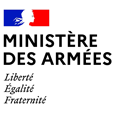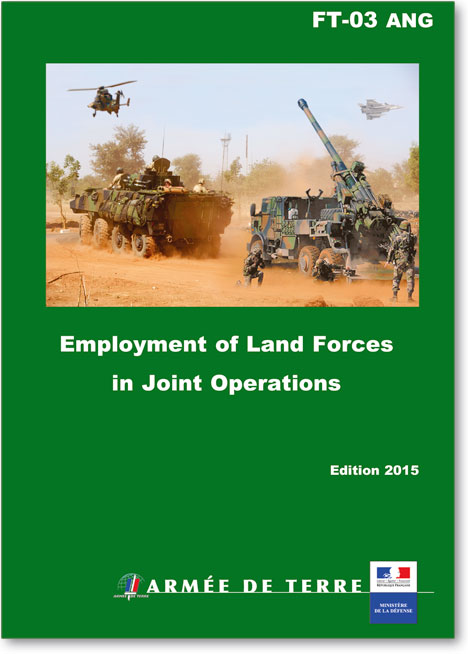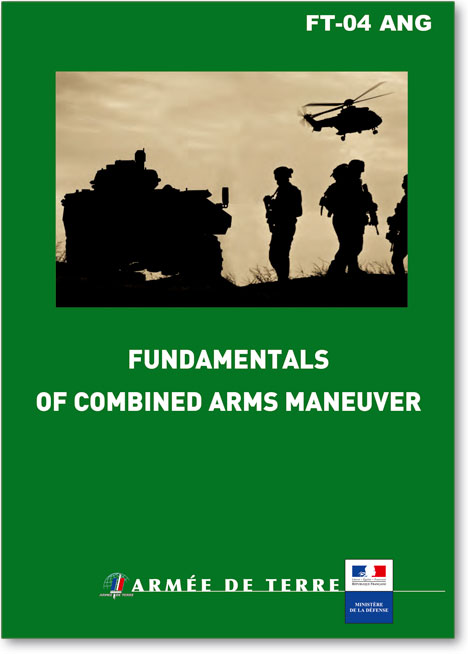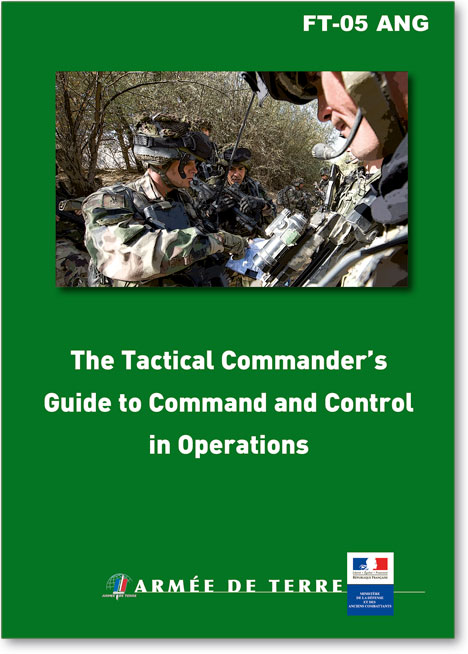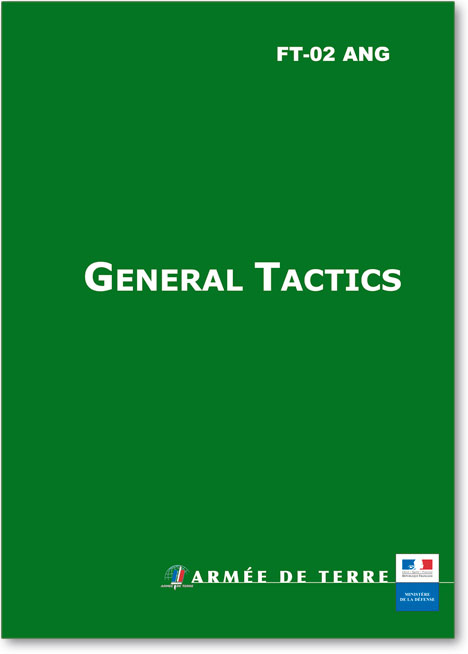PFT 5.3.2 - Handbook on The Protection of Cultural Property in the Event of Armed Conflict
December 2015. PFT 5.3.2 (EMP 50.655) is consistent with the final component of the fundamental doctrine documents for Land Forces, FT-03 , “Employment of Land Forces in Joint Operations”, as well as DIA-01 , published in 2014. The purpose of this publication is to aid the understanding of a military commander’s responsibility to protect cultural property during armed conflict.
Read the full document: PFT 5.3.2 - Handbook on The Protection of Cultural Property in the Event of Armed Conflict
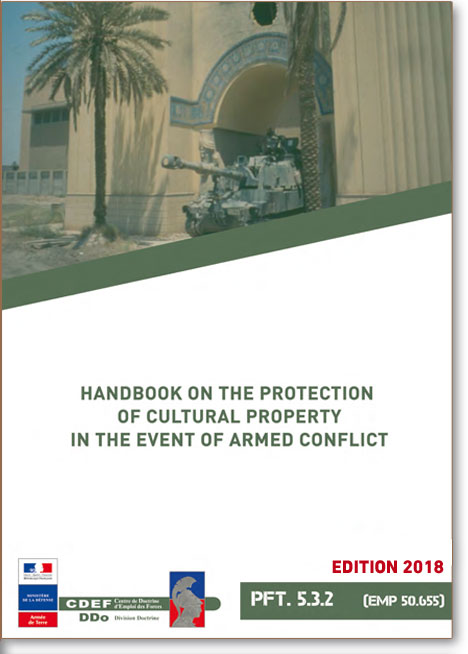
This study is unique in the (French) Army doctrinal corpus and has no equivalent within NATO or the UN. It has been developed in partnership with UNESCO, the United Nations Educational, Scientific and Cultural Organization and ICRC, the International Committee of the Red Cross. It is thus the only authorized reference document for land forces.
Table of contents
FOREWORD
PREFACE BY MRS. IRINA BOKOVA, DIRECTOR-GENERAL OF UNESCO
Culture on the frontine of modern conflicts - May 2014
EXECUTIVE SUMMARY
I Organization of the protection of cultural property
II Contribution of the Second Protocol to the 1954 Convention
GENERAL INTRODUCTION
Note: Winning the battle-building peace
Operation SERVAL
CHAPTER I - LEGAL INSTRUMENTS OF INTERNATIONAL AND NATIONAL LAW
1.1 International Treaty law
1.2 International customary law
1.3 Special agreements
1.4 National law
1.5 Precedents of international courts
CHAPTER II - DEFINITIONS
2.1 Cultural Property
2.2 Military objectives
2.3 The United Nations Educational, Scientific and Cultural Organization – “UNESCO”
2.4 Committee for the Protection of Cultural Property in the Event of Armed Conflict
CHAPTER III - THE PROTECTION OF CULTURAL PROPERTY
3.1 Principle: the protection of cultural property
3.2 Cultural Property under Special Protection
3.3 Cultural Property under Enhanced Protection
3.4 Cultural Property as part of the cultural and spiritual heritage of peoples
3.5 Protection of cultural property as civilian objects
3.6 Identification of cultural property
CHAPTER IV - MONITORING THE IMPLEMENTATION OF THE CONVENTION
CHAPITRE V - MILITARY MEASURES
The protection of cultural property in Mali
CHAPTER VI - CRIMINAL RESPONSIBILITY
6.1 International law
6.2 Domestic law
CHAPTER VII - PARTICULAR OF PEACE-KEEPING OPERATIONS
CHAPTER VIII - PARTICULAR RULES CONCERNING ILLICIT EXPORT AND TRAFFICKING OF CULTURAL PROPERTY
8.1 The First Protocol to the 1954 Convention
8.2 The 1970 UNESCO Convention on the Illicit Trafficking of Cultural
BIBLIOGRAPHY
SPECIAL THANKS
ANNEX 1 - Case Law of The International Criminal Tribunal for the Former Yugoslavia Related to the Protection of Cultural Property During a Period of Armed Conflict
ANNEX 2 - Rules of Customary International Humanitarian Law on The Protection of Cultural Property
ANNEX 3 - Resolutions of The Intergovernmental Conference on the Protection of Cultural Property in the Event of Armed Conflict. The Hague, 14 May 1954
ANNEX 4 - Extracts of the Rome Statute of the International Criminal Court (ICC)
ANNEX 5 - Responsibility of Commanders
ANNEX 6 - Resolution 2100 of the United Nations Security Council 25 April 2013
ANNEX 7 - Heritage Passport for the Preservation of Cultural Property (North Mali)
ANNEX 8 - Military Necessity as a Waiver to Obligations


